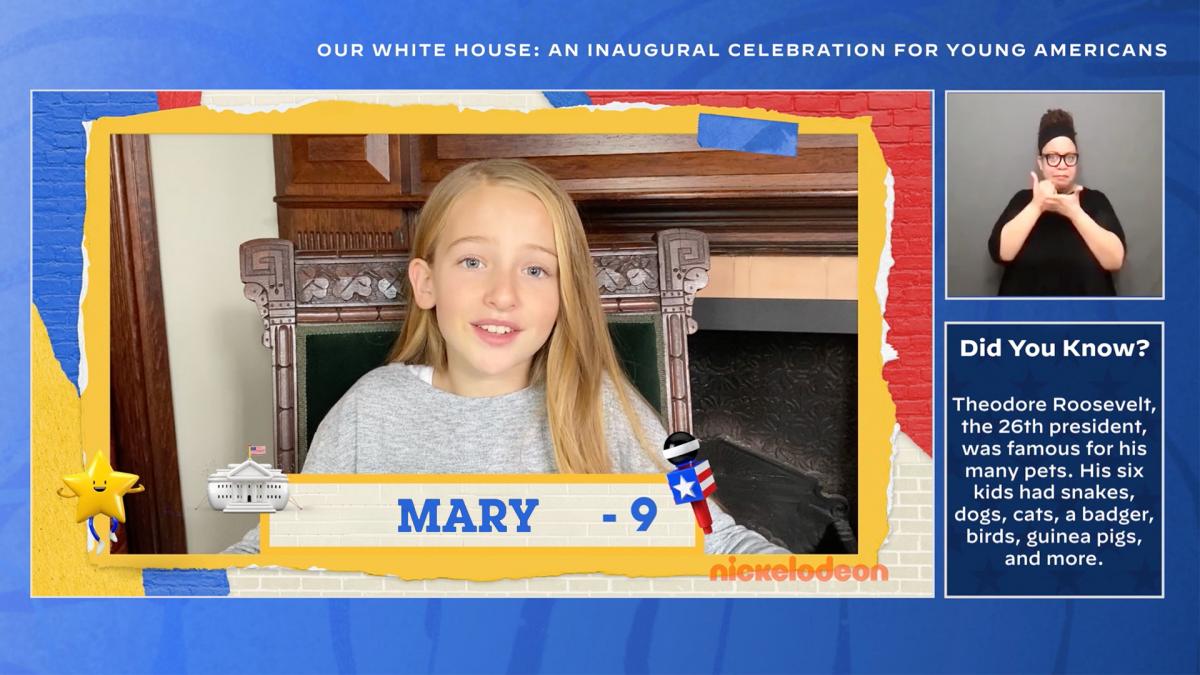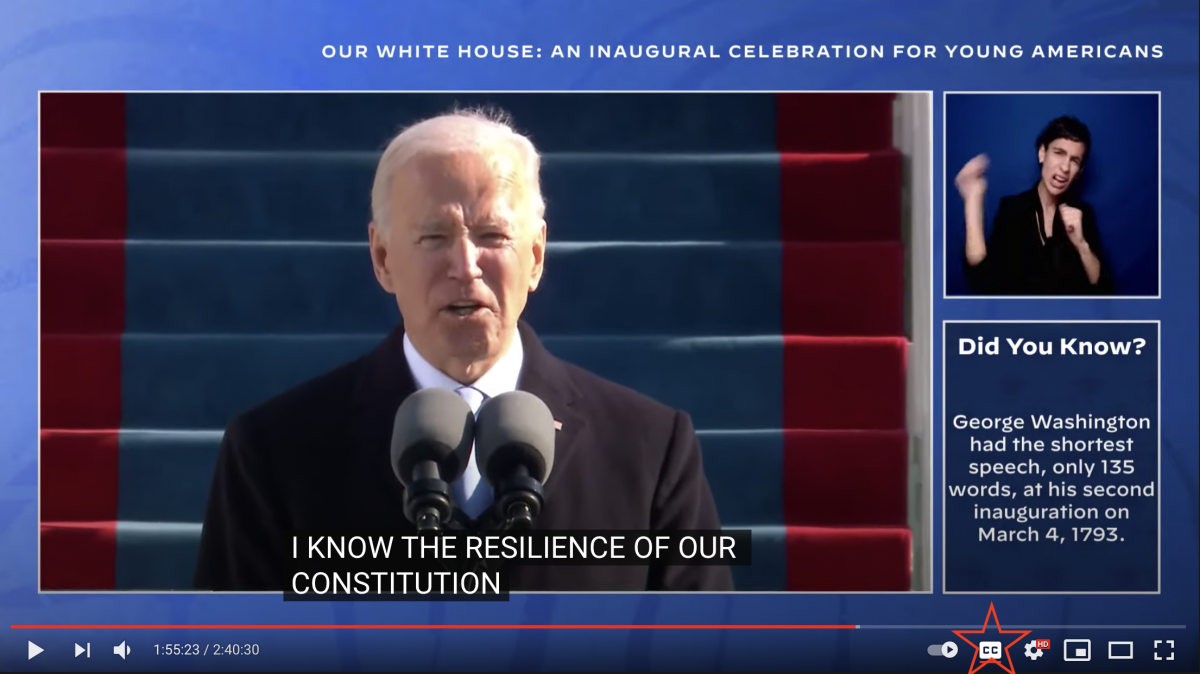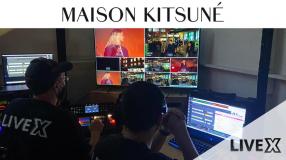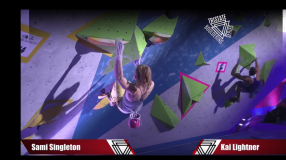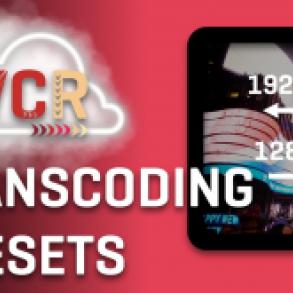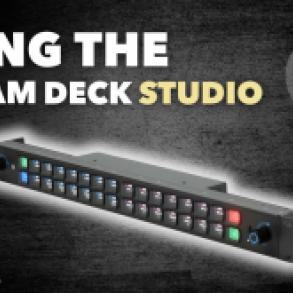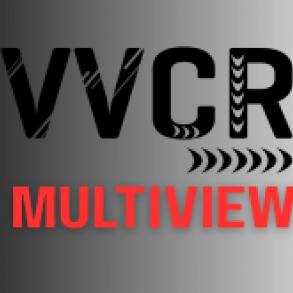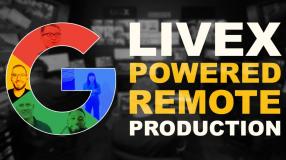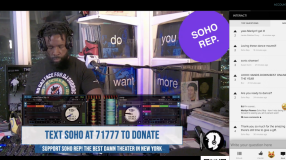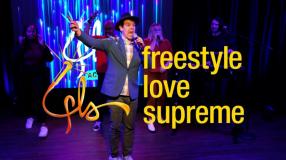With more and more people choosing to consume broadcast media via the internet, producers should be aware of the vital tools that ensure their broadcasts are accessible for anyone and everyone. With the use of accessibility services, people with certain disabilities, like hearing or vision impairments, can listen to or watch broadcasts with accommodations made to fit their needs.
At LiveX, we've always offered accessibility services to our clients for their broadcasts. As people are becoming more and more aware of the need to be inclusive of all audiences, including those who benefit from increased accessibility, we wanted to lay out what exactly we mean when we talk about "accessibility services."
Accessibility services can be broken down into four separate categories:
Sign Language
This is probably the accessibility service most people have a passing familiarity with, as sign language interpreters have become somewhat common place in press conference and other large event settings.
At LiveX, we have extensive experience producing streams that include sign language. The interpreter can be presented in several different ways, including picture in picture or full screen.
The three categories traditionally offered are American Sign Language Interpretation, Certified Deaf Interpretation or Cued Language Transliteration.
Captioning
Most people are familiar with the text on the screen known as captioning, but not many are aware of the different ways those captions are produced or indeed how to access them in most online videos on social media platforms like YouTube or Facebook.
Real-time captioning, which is the method LiveX most often practices, is performed at the same time the broadcast is aired. A captioner, who can be stationed anywhere in the world, is linked directly to the broadcast and words are captioned by hand as they are spoken.
Offline captioning is done after the media is recorded, and edited before it is used to create a new captioned master, which then goes to air.
LiveX offers foreign language translation captioning along with traditional English captions.
To turn on captioning for a video on YouTube, look no further than the Closed Captioning (CC) button located on the bottom right of your video player.
Audio Description:
Audio description, also referred to as a video description, described video, or more precisely called a visual description, is a form of narration used to provide information surrounding key visual elements in a type of visual such as a film, television program or theatrical performance for the benefit of blind and visually impaired audience members. These narrations are typically placed during natural pauses in the audio but can also sometimes be utilized during dialogue if it is deemed necessary.
Below is an example of some recent audio description LiveX produced for our work with the Democratic National Convention:
Translation:
Audio descriptions can be translated into any language from anywhere in the world. Our producers have extensive experience working with interpreters both on set and remotely to ensure that broadcasts are engaging and accessible for audiences from around the globe. The interpreter works in concert with the producer to ensure the audience hears both the original dialogue spoken by the subject in the video while delivering immediate translation into the desired language, all mixed live during the broadcast.
Check out an example of live translation below:
Please feel free to reach out to us at [email protected] with any questions regarding accessibility services and how they can be incorporated into your upcoming broadcasts, live streams and events of all sizes and scopes.

